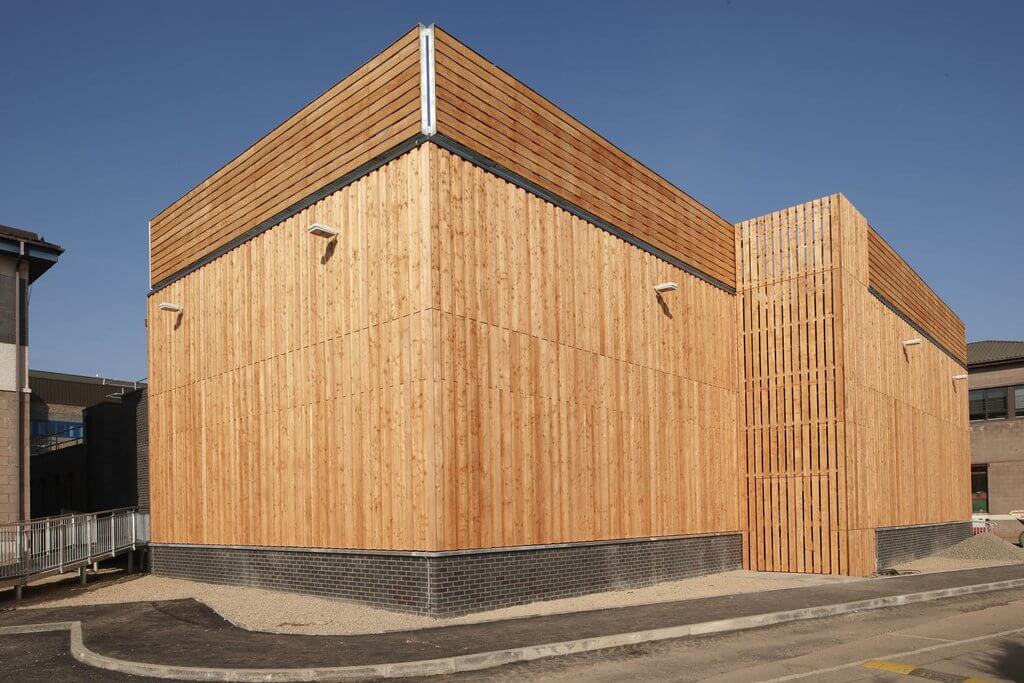Larch Wood
Quality of Siberian Larch
Natural Siberian larch is particularly attractive because its wood is strong, durable and stable and is therefore particularly suitable for humid climates. This type of larch differs from the European larch in that it grows under tougher conditions and is therefore more robust. There is natural resin in the wood of the Siberian larch, which protects the decking from decay. Planks made from Siberian larch also give a very natural impression. Unlike planks made from other softwoods, larch planks are usually not treated with oil. Nevertheless, even untreated planks can change their color over time due to environmental influences.
Siberian larch wood
Siberian larch is a wood with exceptional, rarely encountered properties. It is one of the wood with the greatest resistance to weather influences, the durability of which is at least twice that of pine or spruce. Over time, the resistance of Siberian larch only increases – the wood gains strength and resistance.
The resistance of Siberian larch depends on the conditions under which it grows and the specific composition of its resin. Under extreme conditions, the tree grows more slowly and therefore has particularly narrow annual rings and a dense structure, which makes the wood stronger and more resistant to external influences. The resin of the larch is evenly distributed between the wood fibers and acts as an antiseptic, which protects the wood against moisture, fungi and pests.
Over time, the larch gains all the properties of an extremely high-quality wood without chemical treatment. Planks made of larch that are used for outdoor use can change their color, but retain all of their properties. The dark yellow to reddish color can be obtained by using natural wood preservative. There is practically no way around Siberian larch if the use of chemical agents is not permitted, but at the same time resistance to weather and environmental influences is required, e.g. when building children’s playgrounds.
Siberian larch grades
What distinguishes planks of quality classes A, B, C?
Grade A boards are top quality boards which can have an unlimited number of healthy branches of strong growth. Grade B planks have black knotholes from branches that are still growing and small residues of fallen branches. Planks for patios and cladding are usually assigned to the mixed quality class A / B. Planks of quality class C contain various defects such as fancy branches, the residues of which are not planed, cracks, etc.
Service life of Siberian larch
The natural durability corresponds to quality class 3 (average durability according to European standards).

